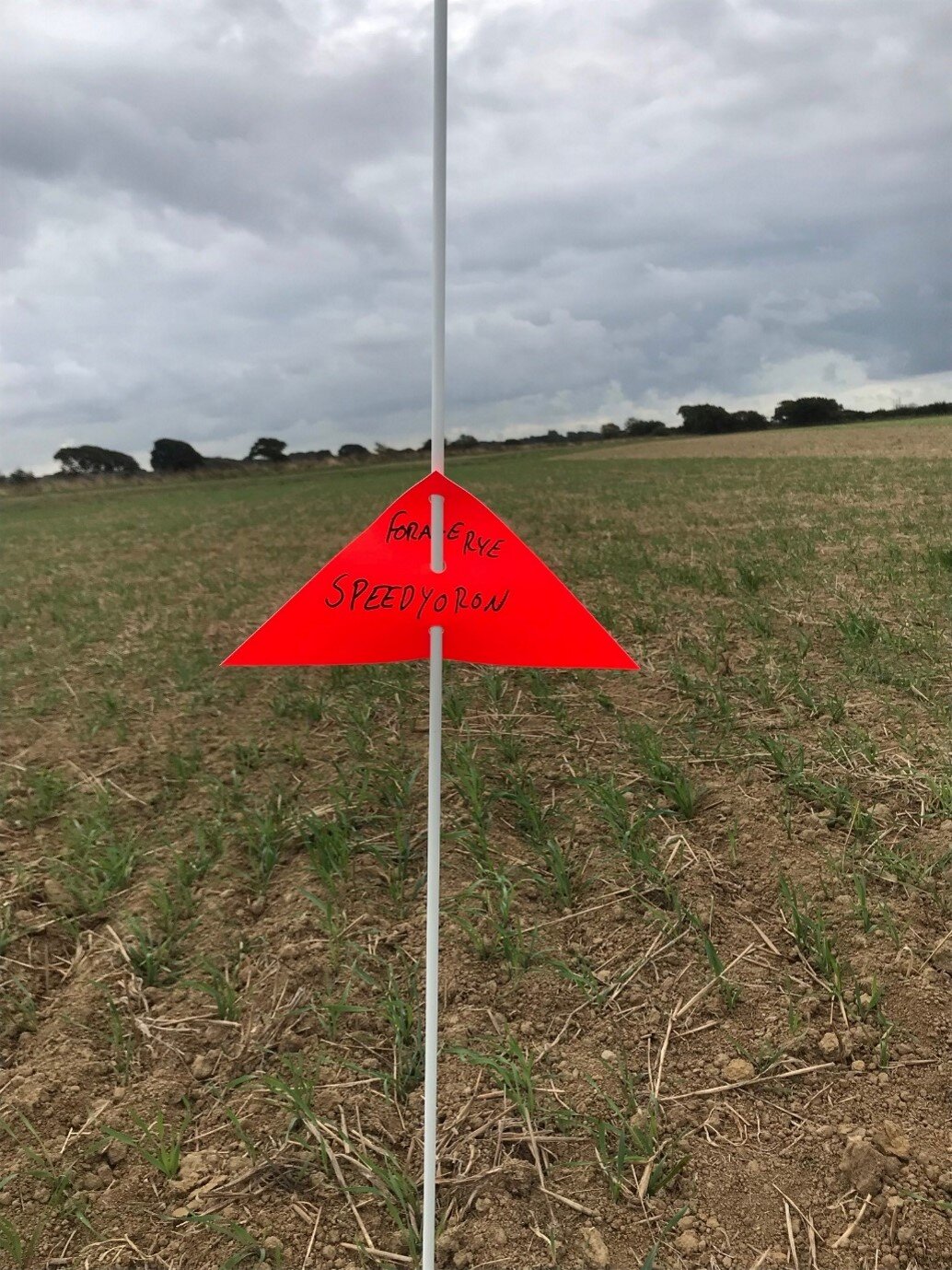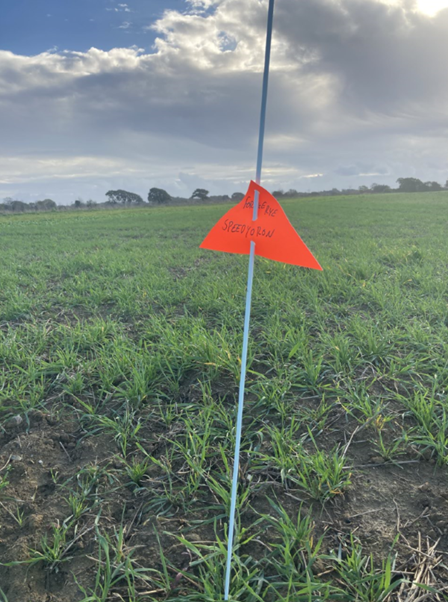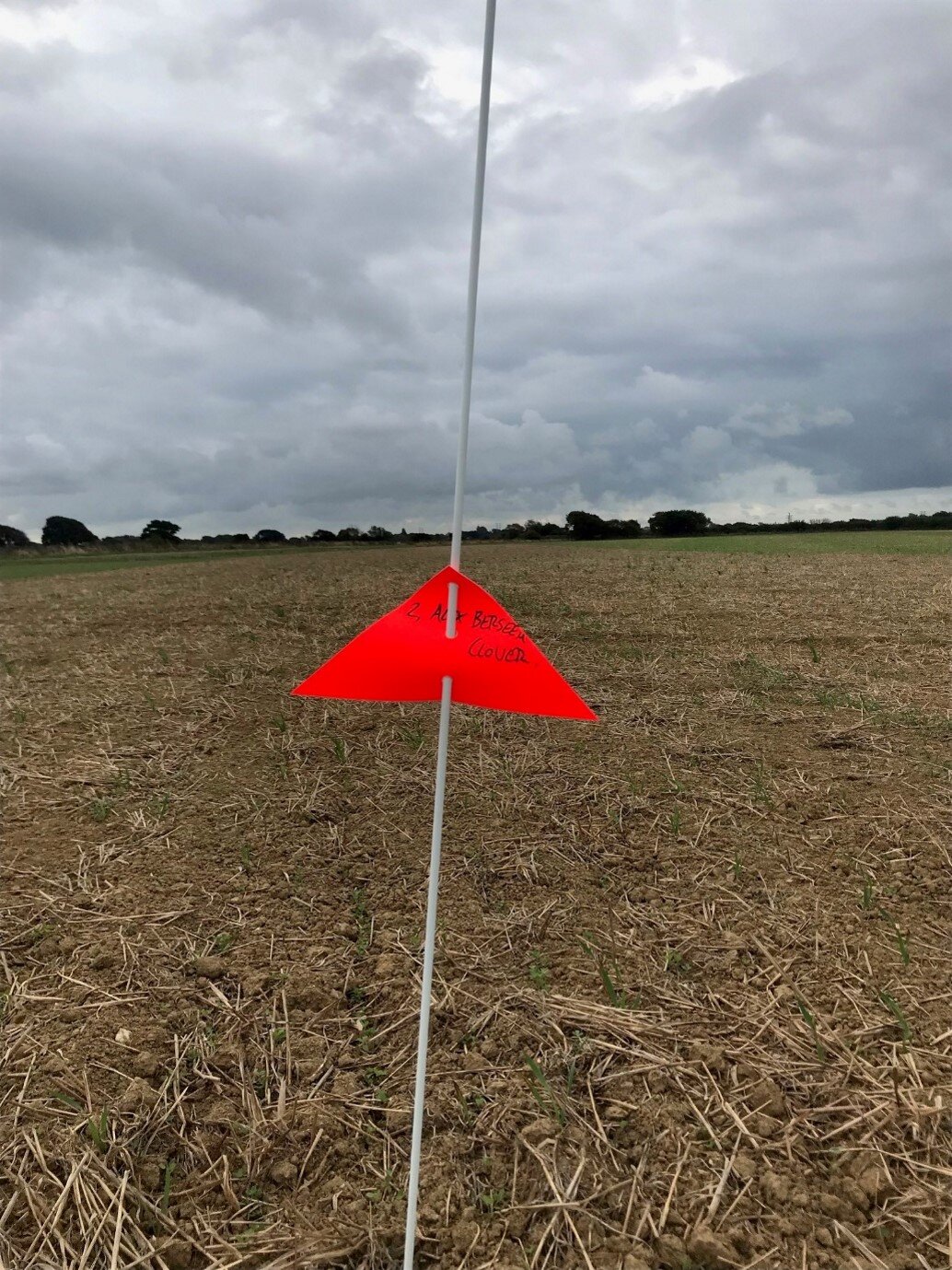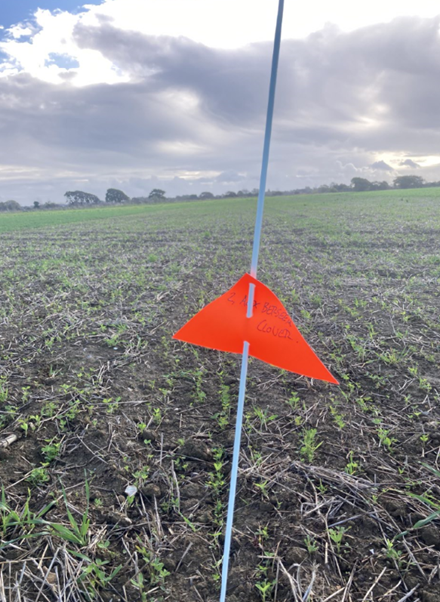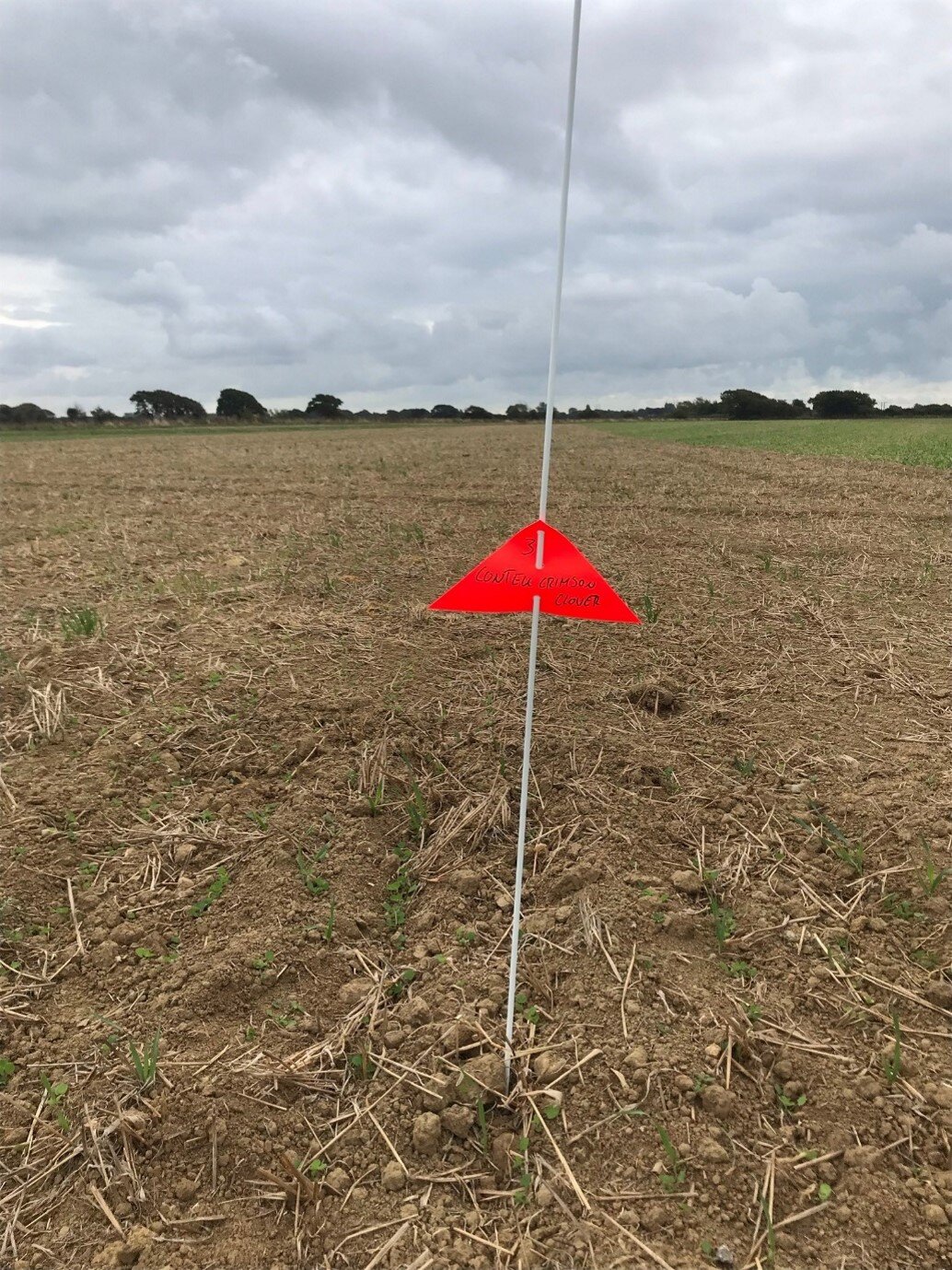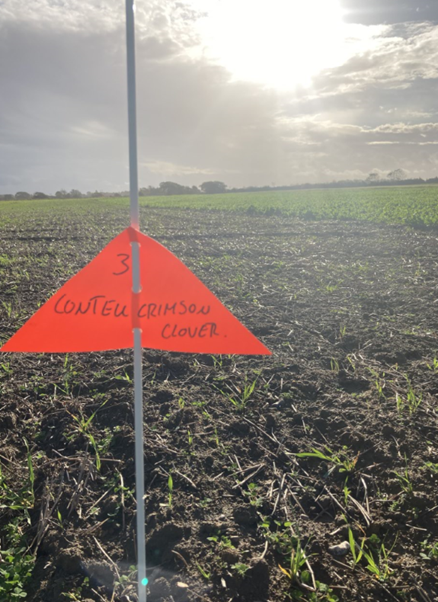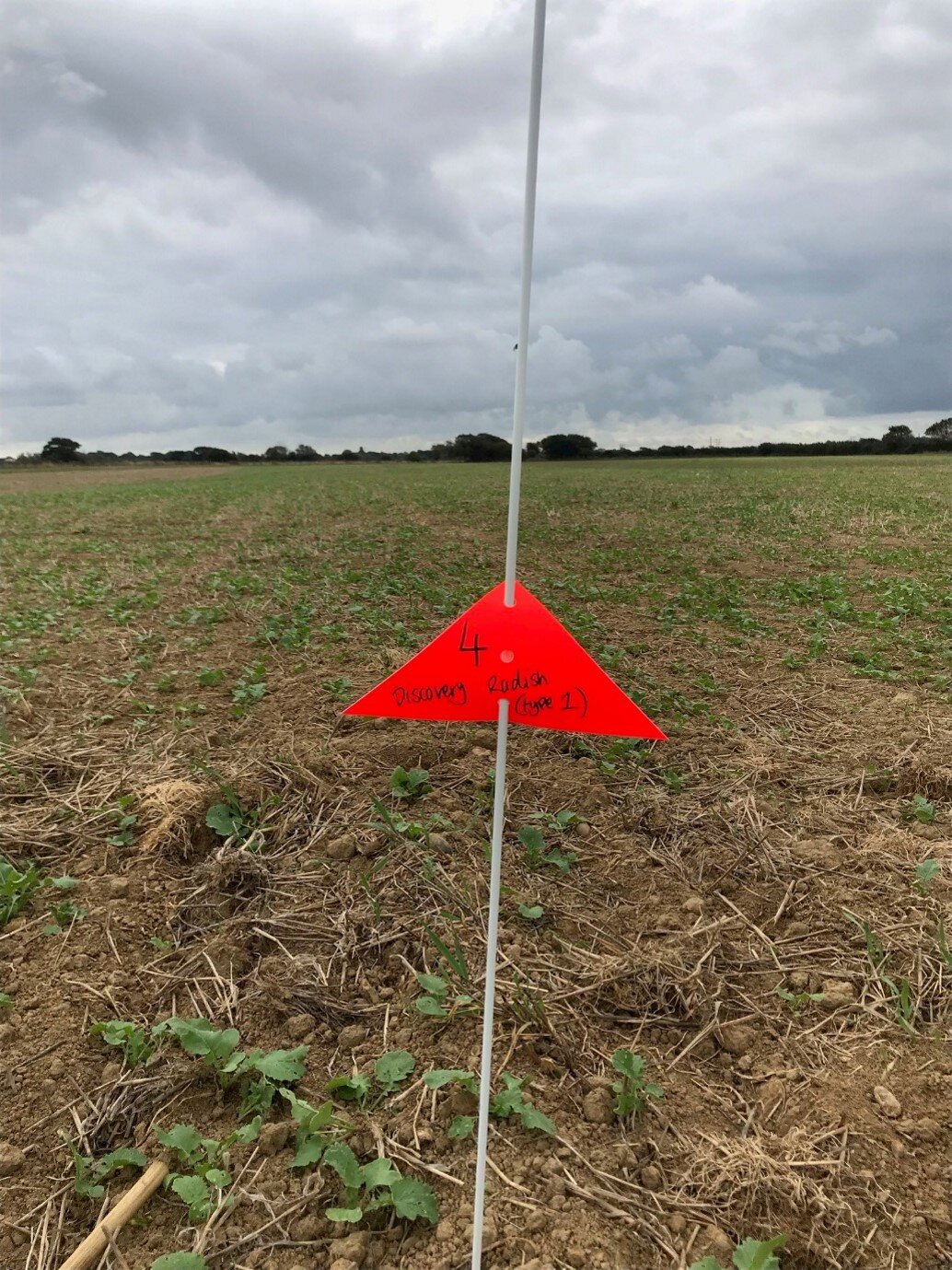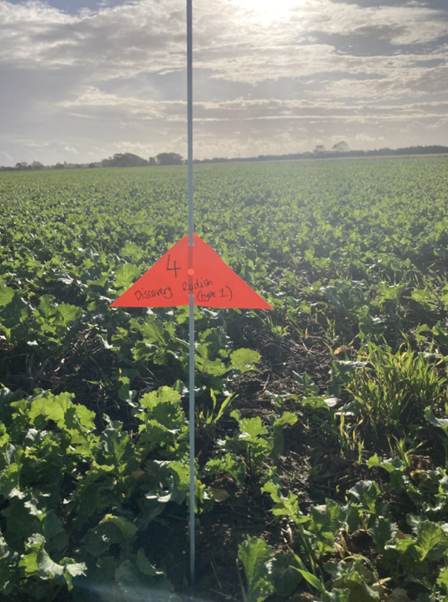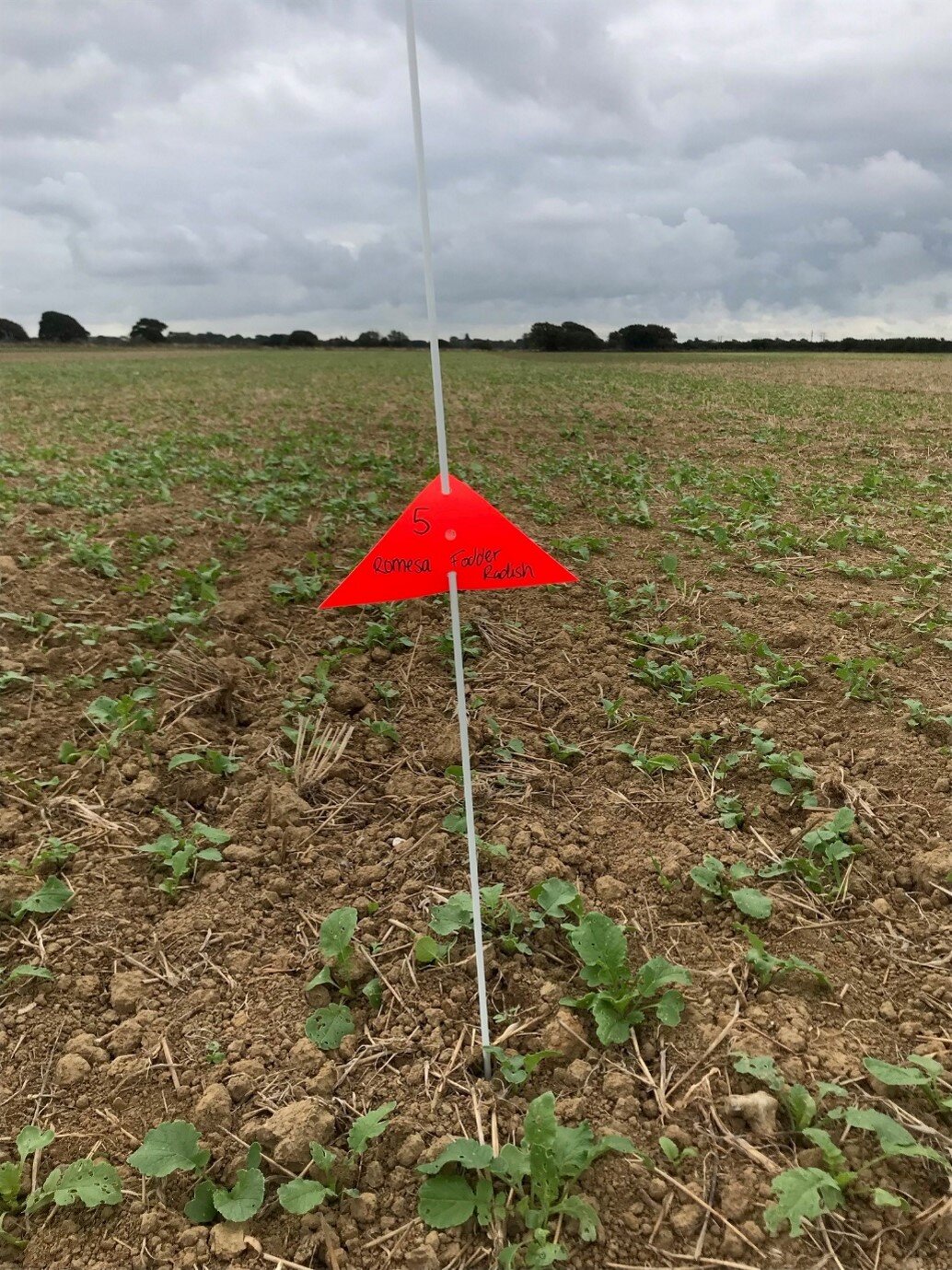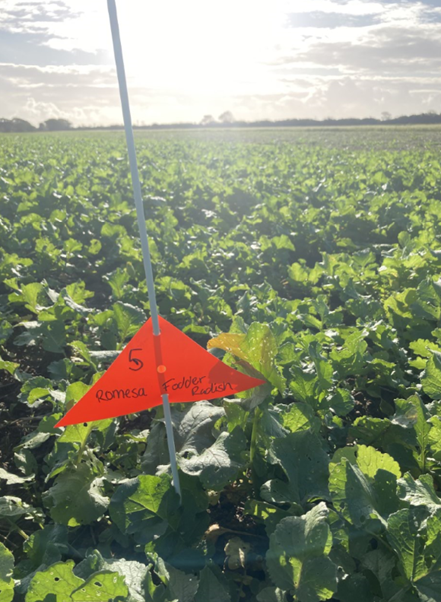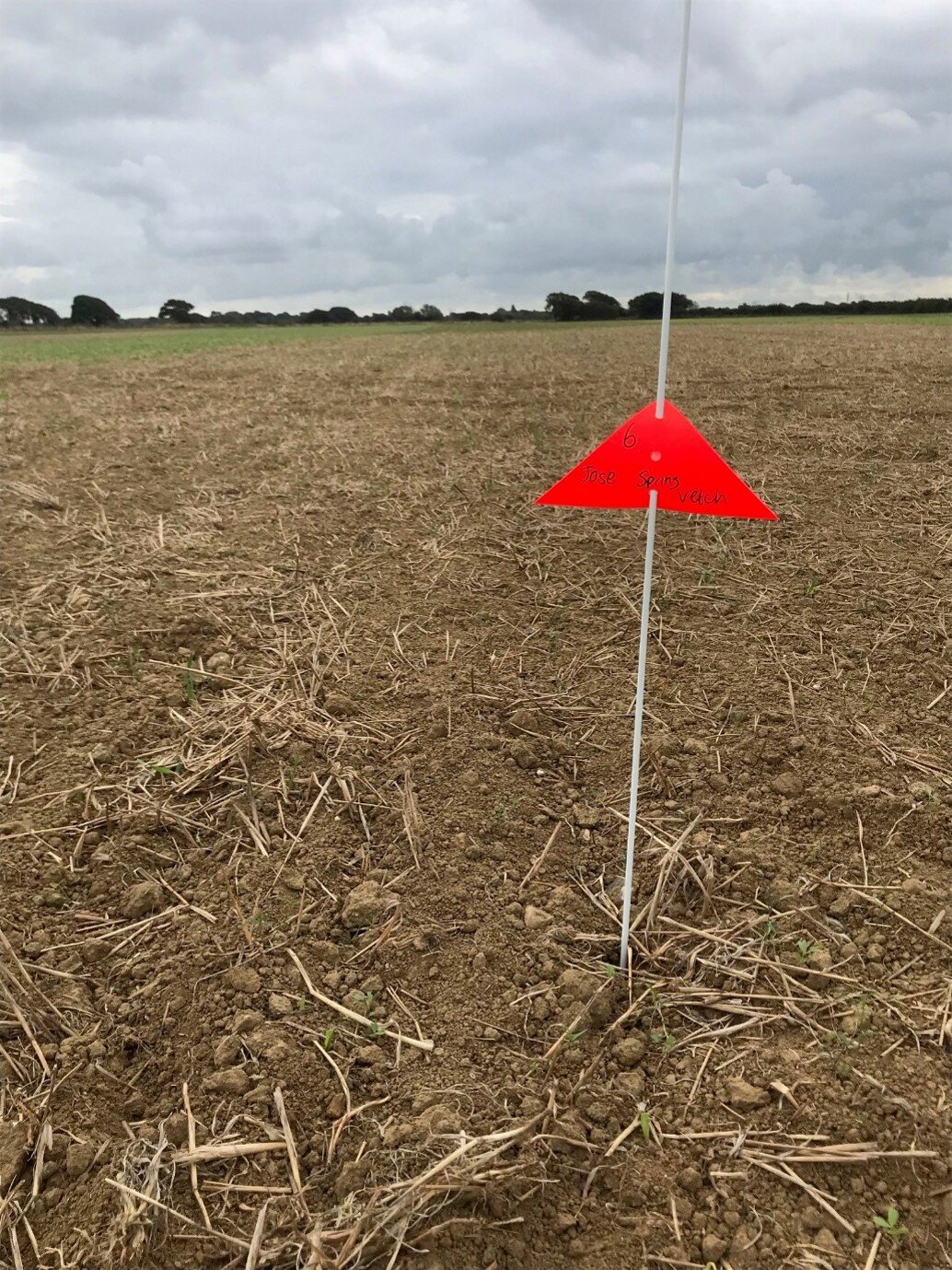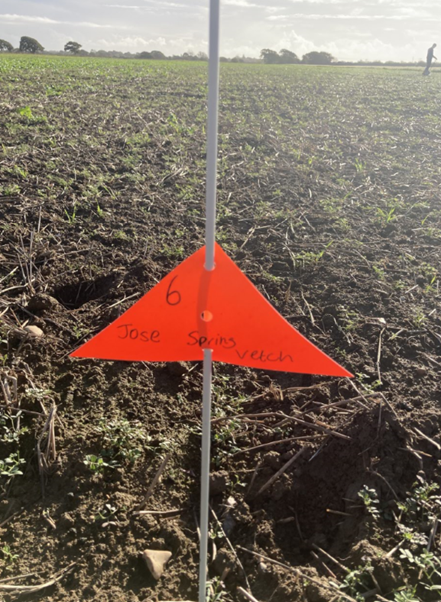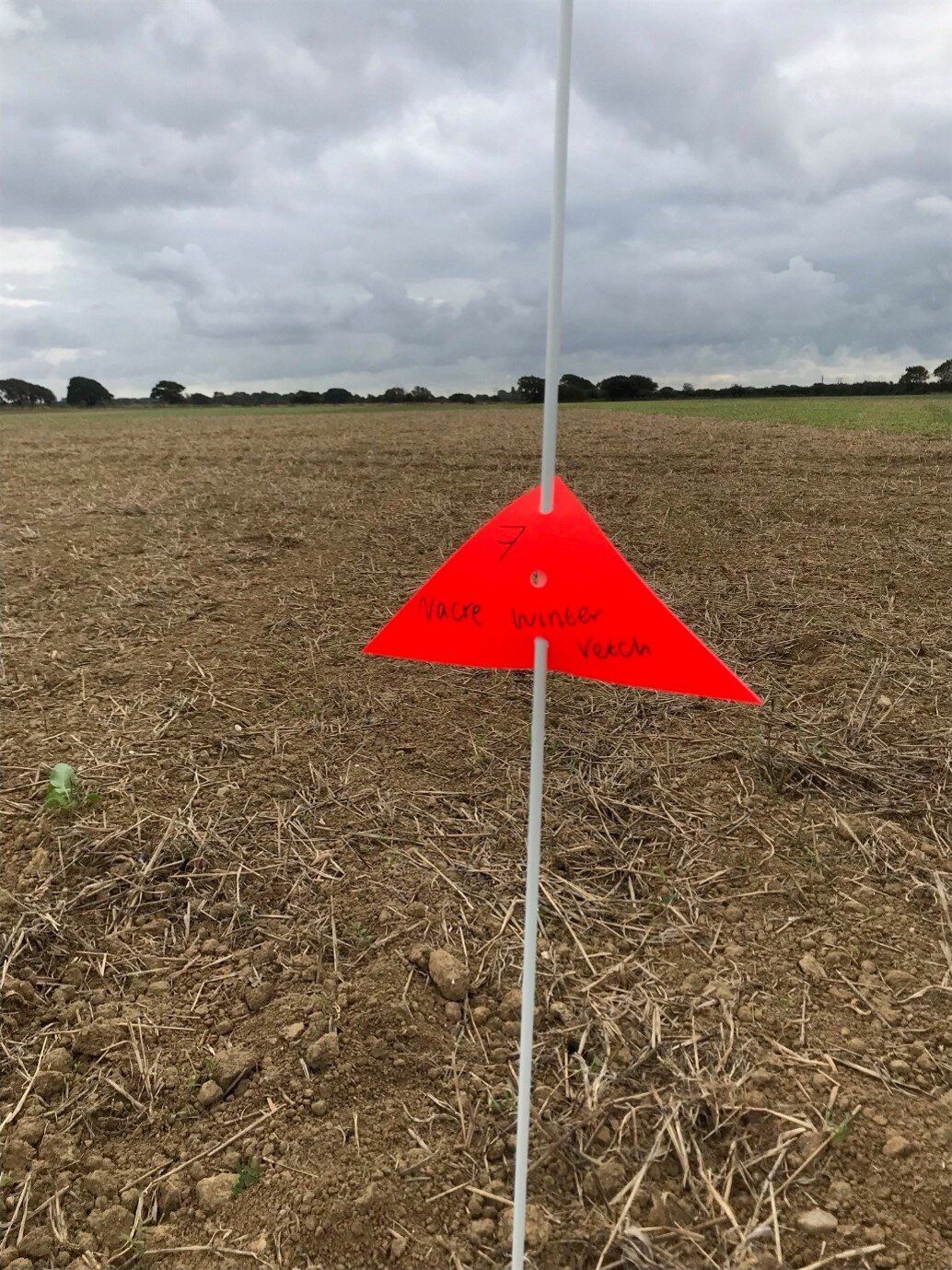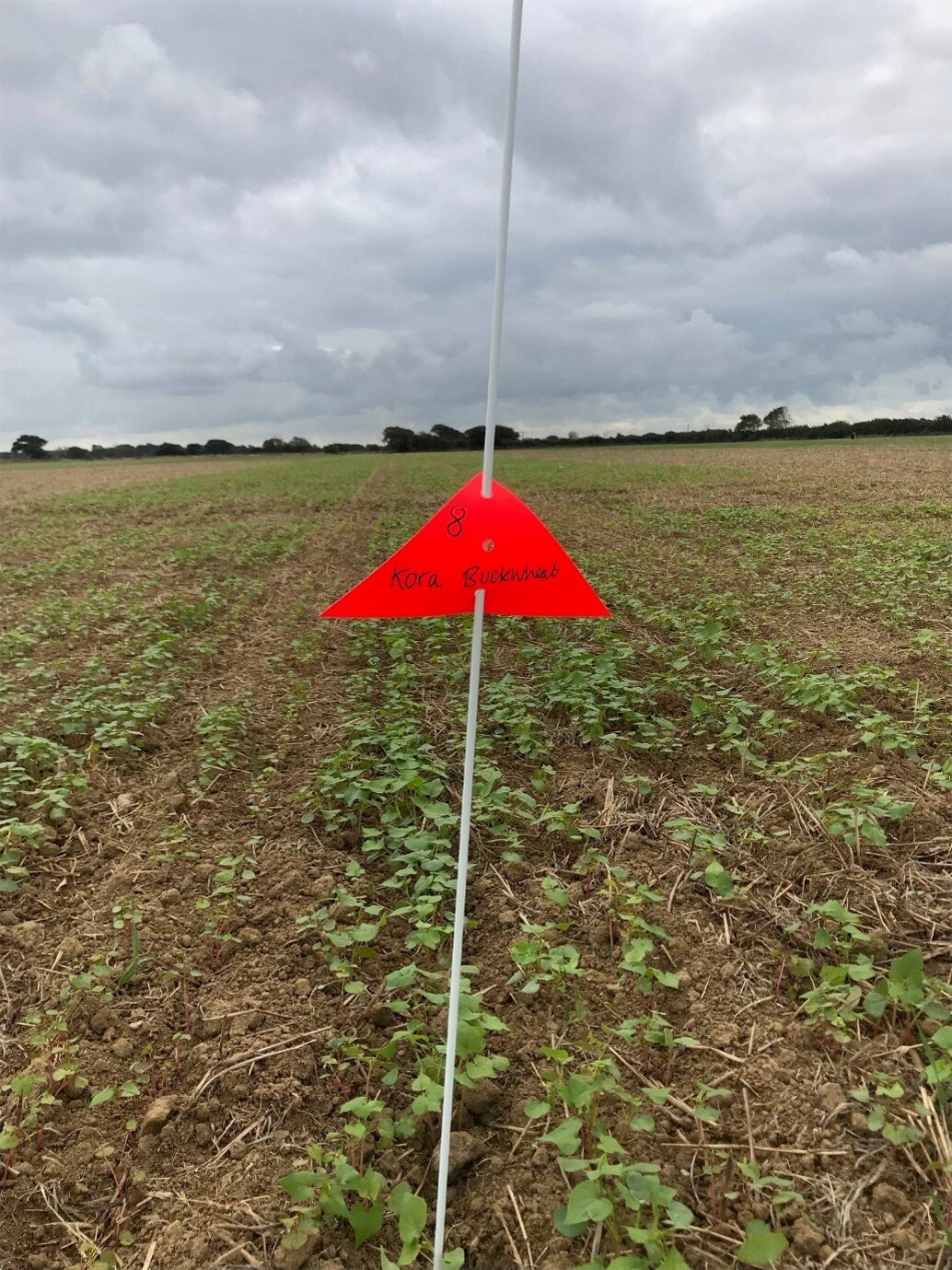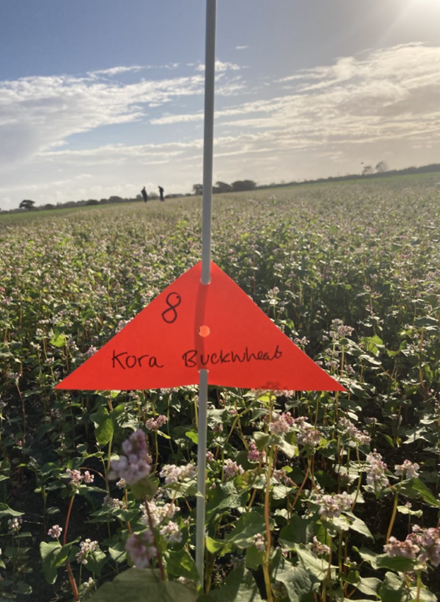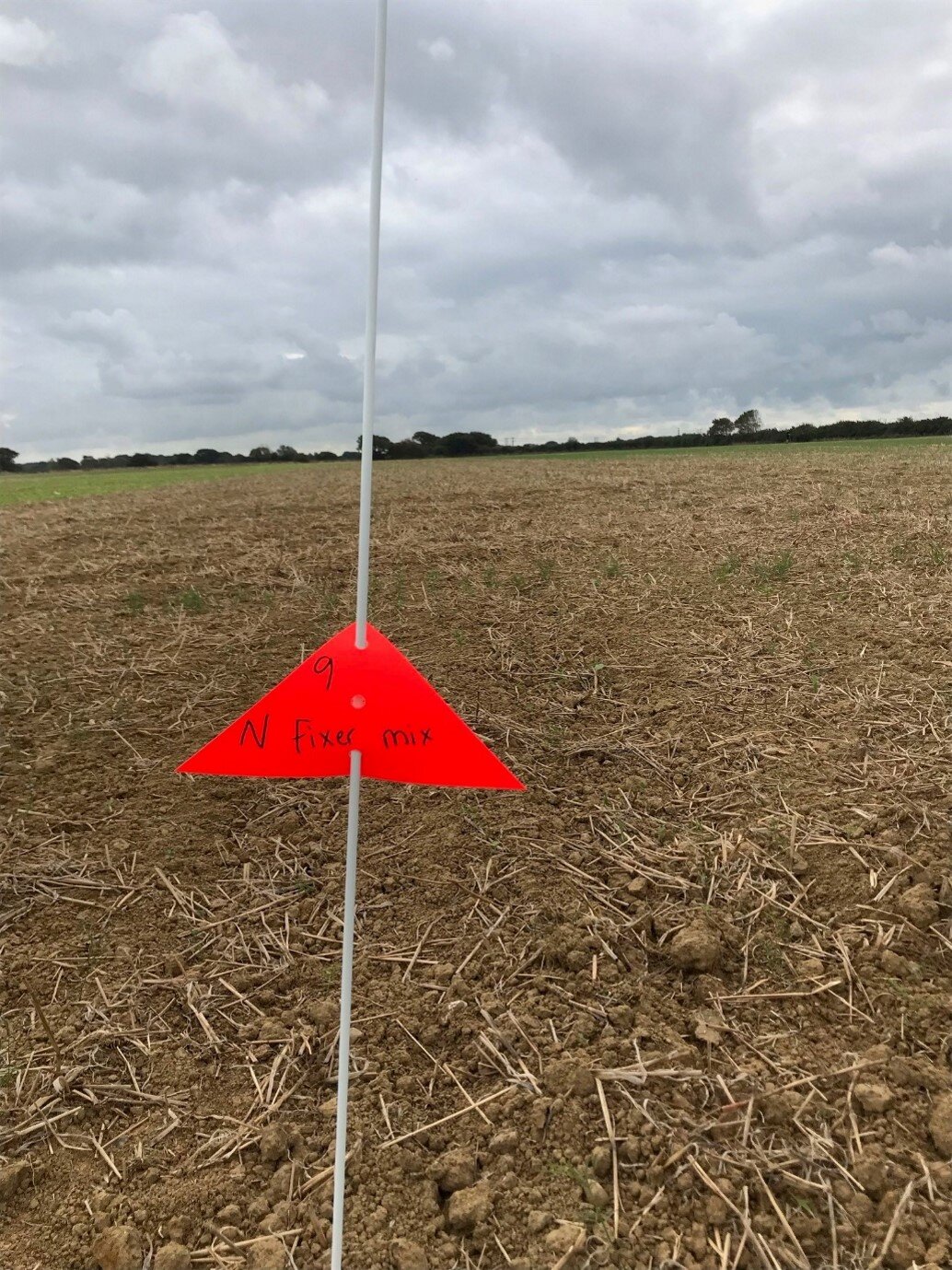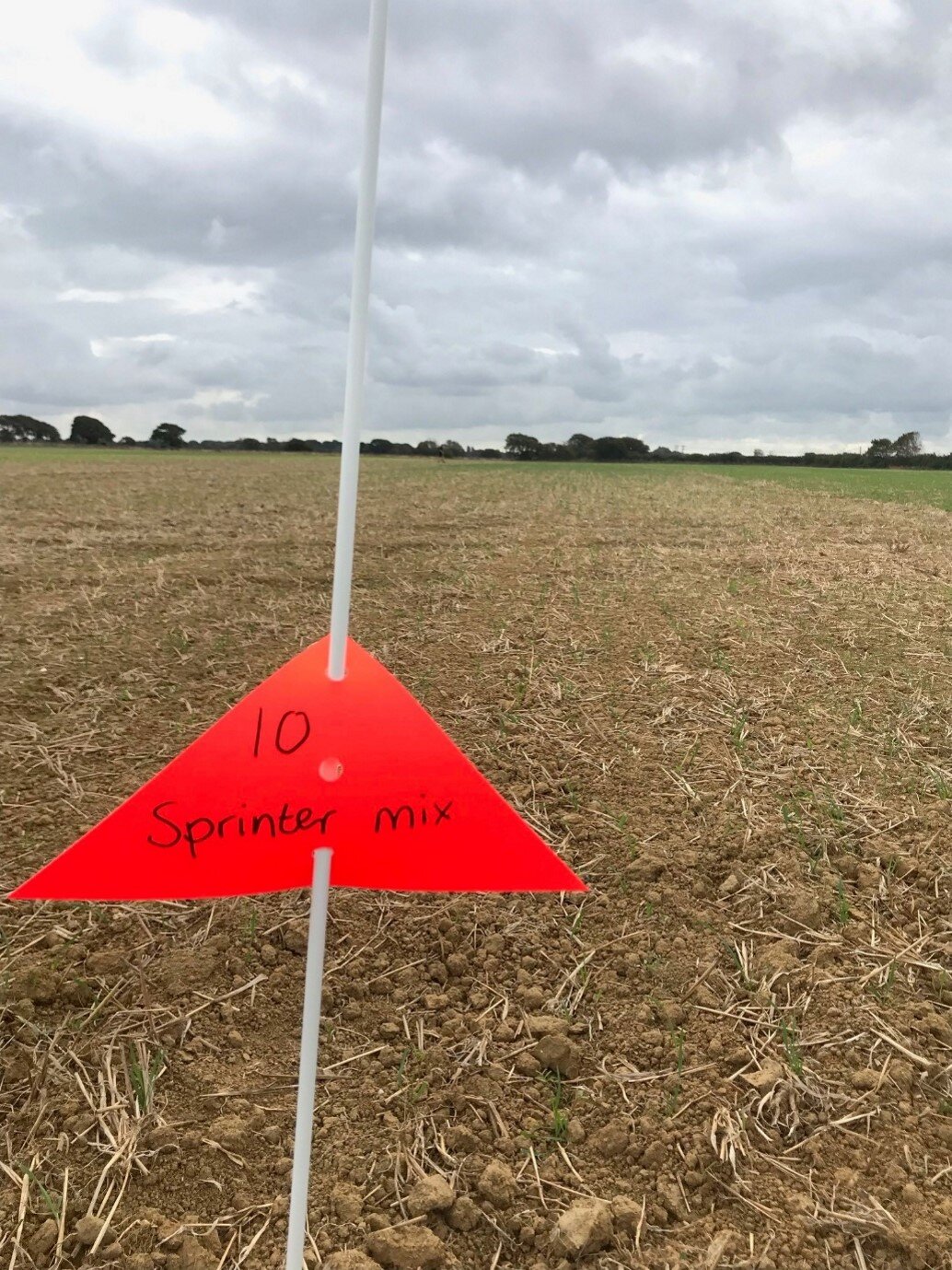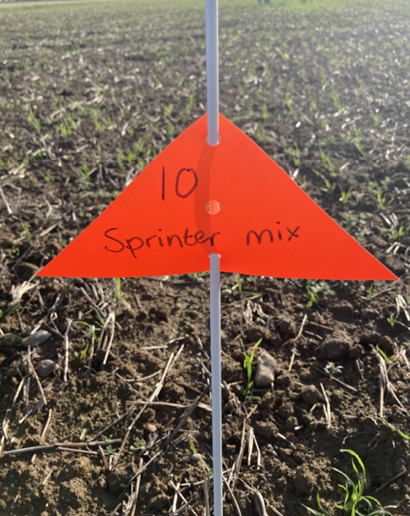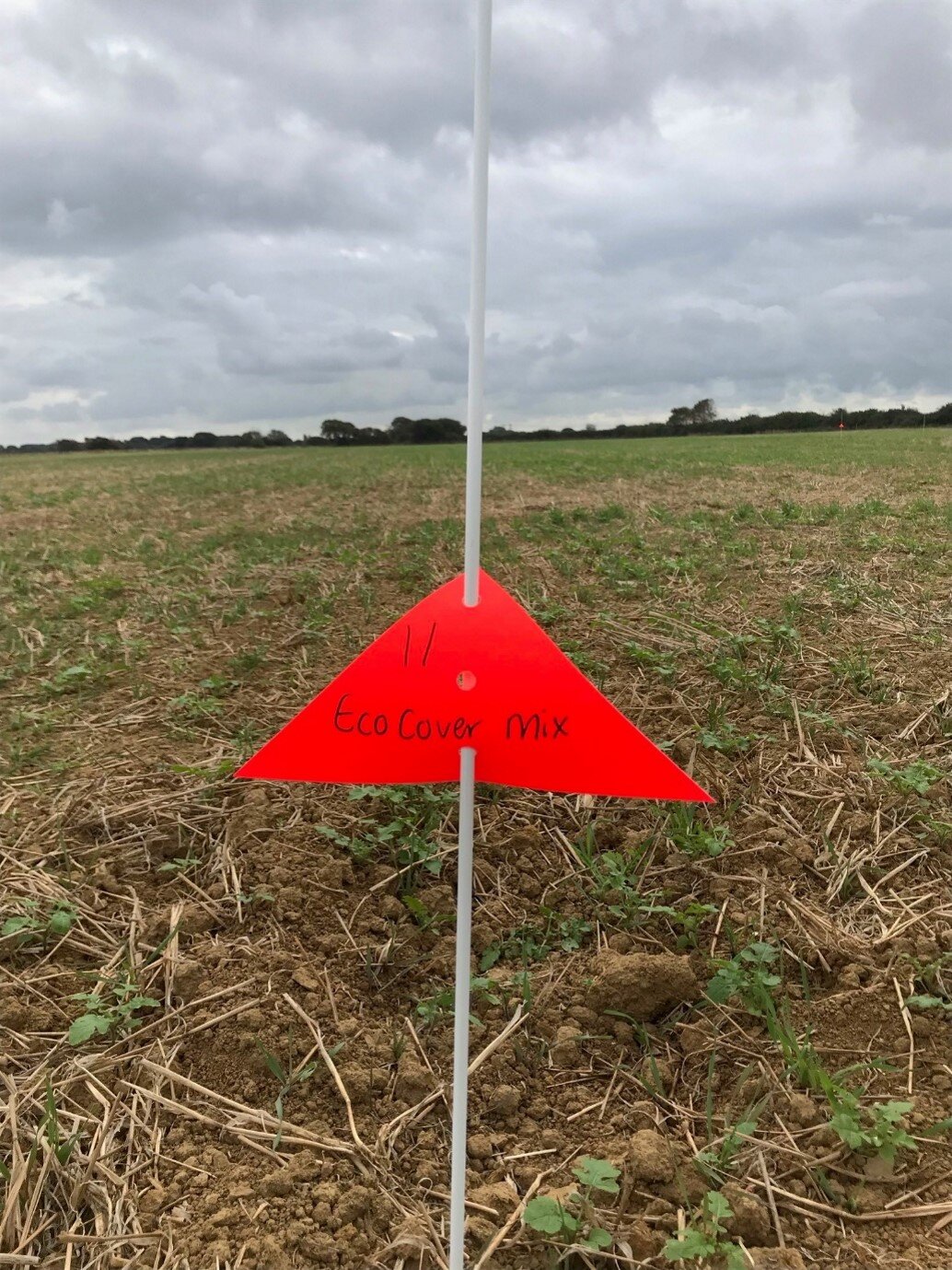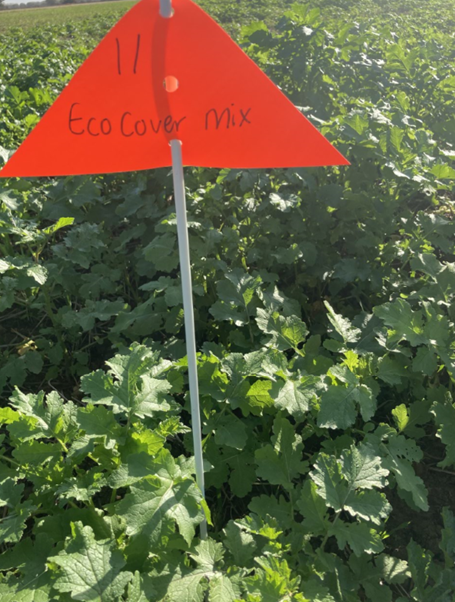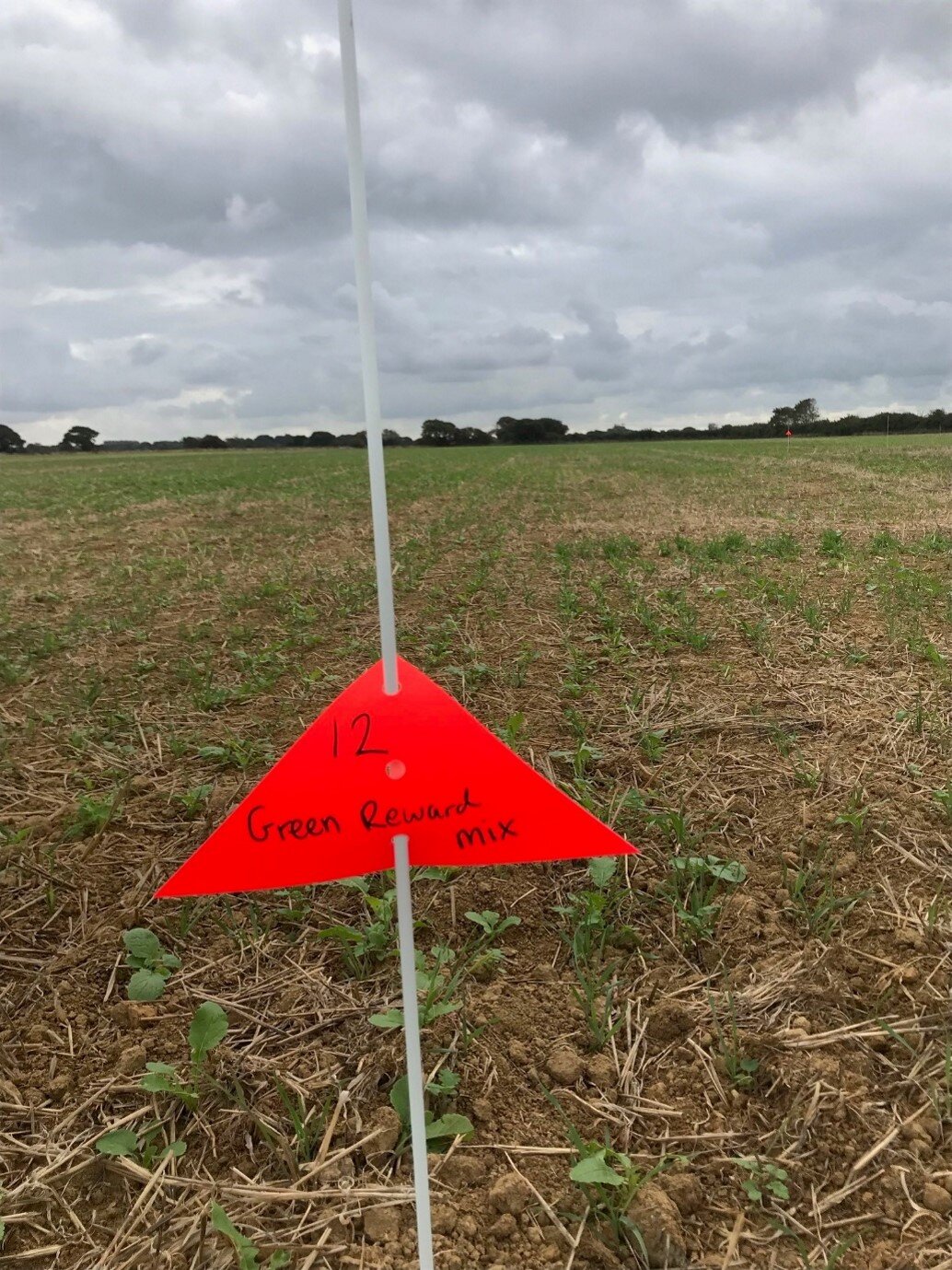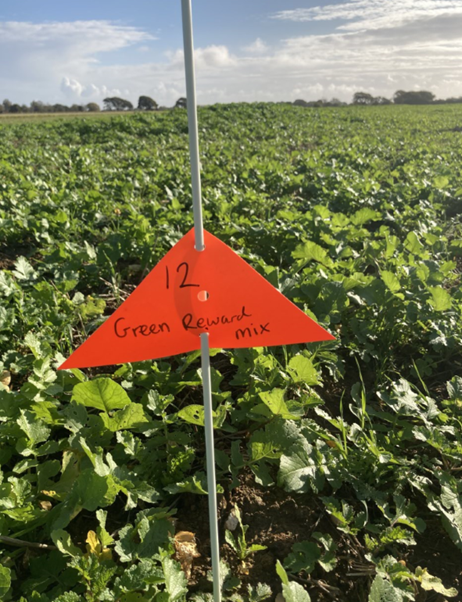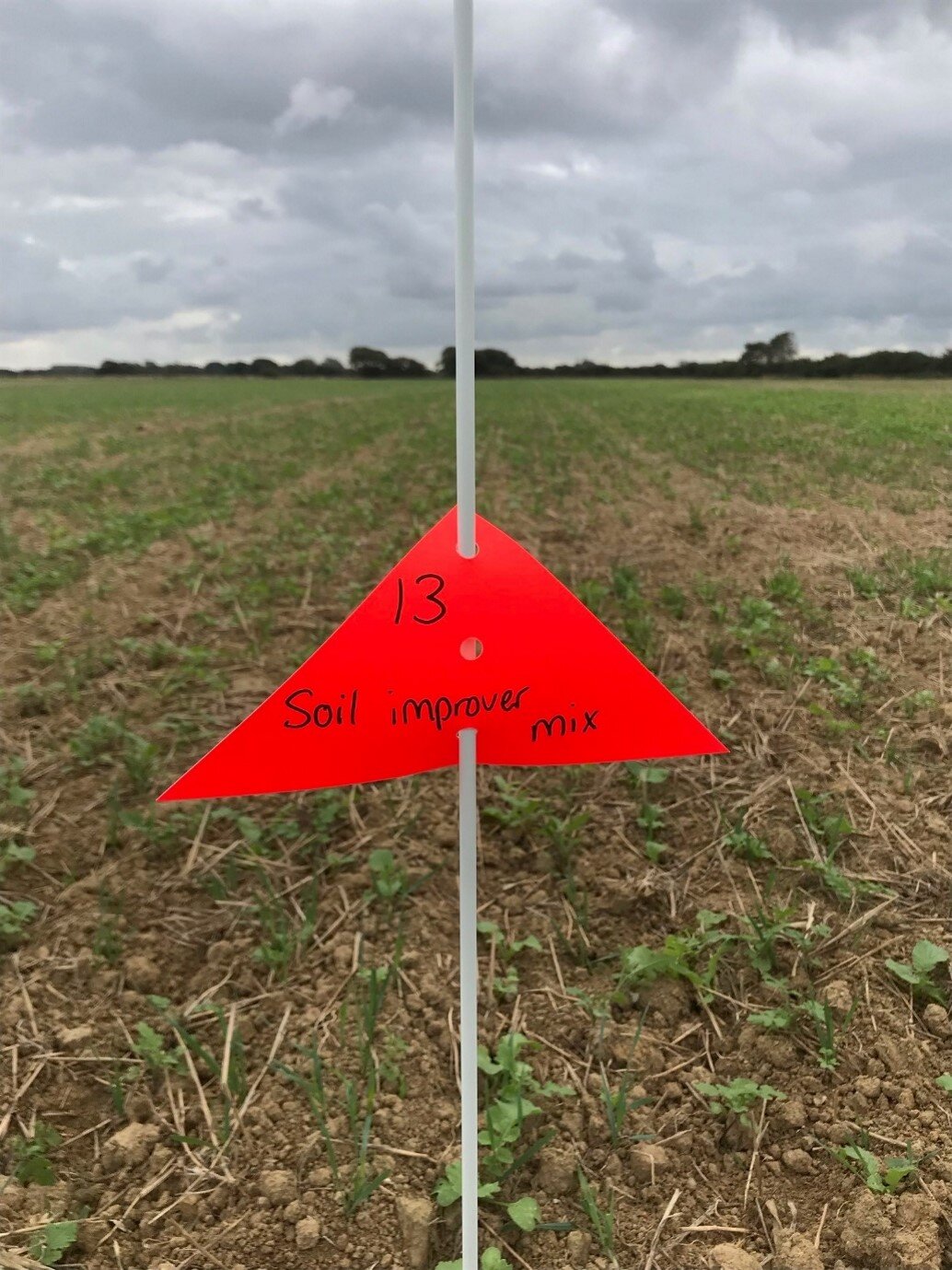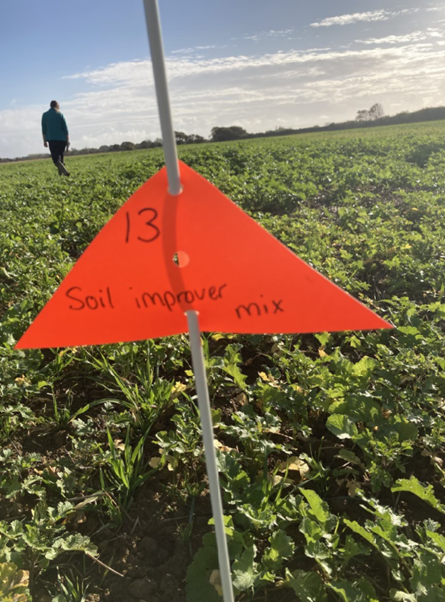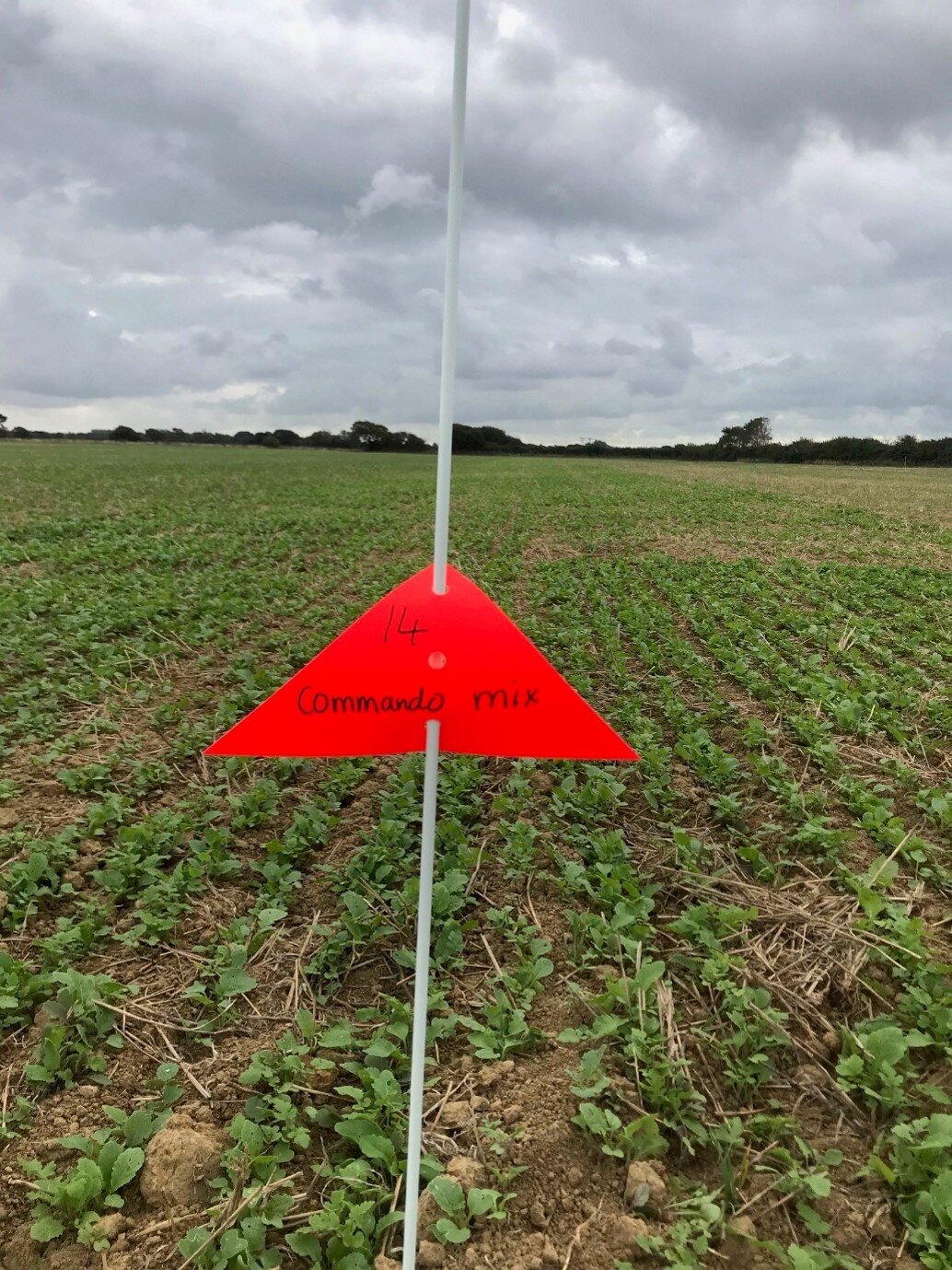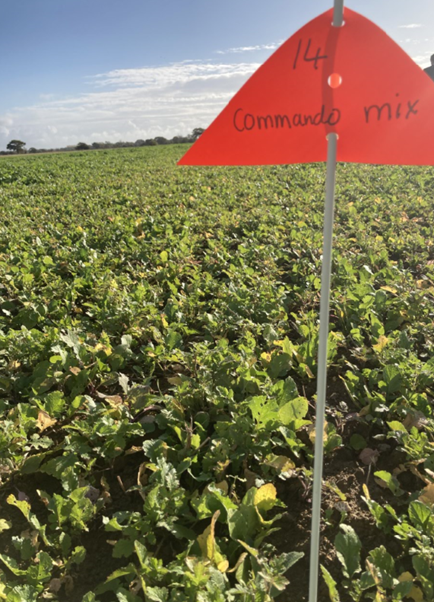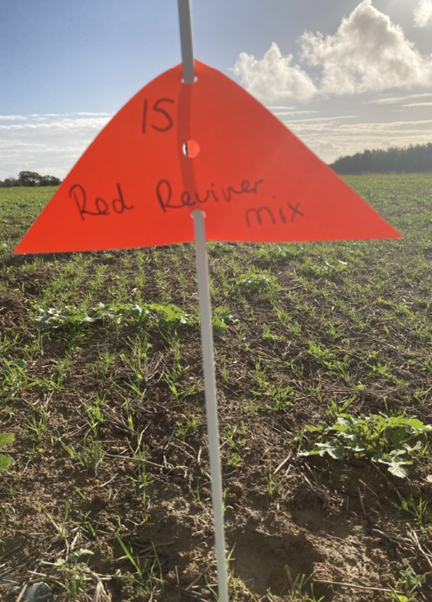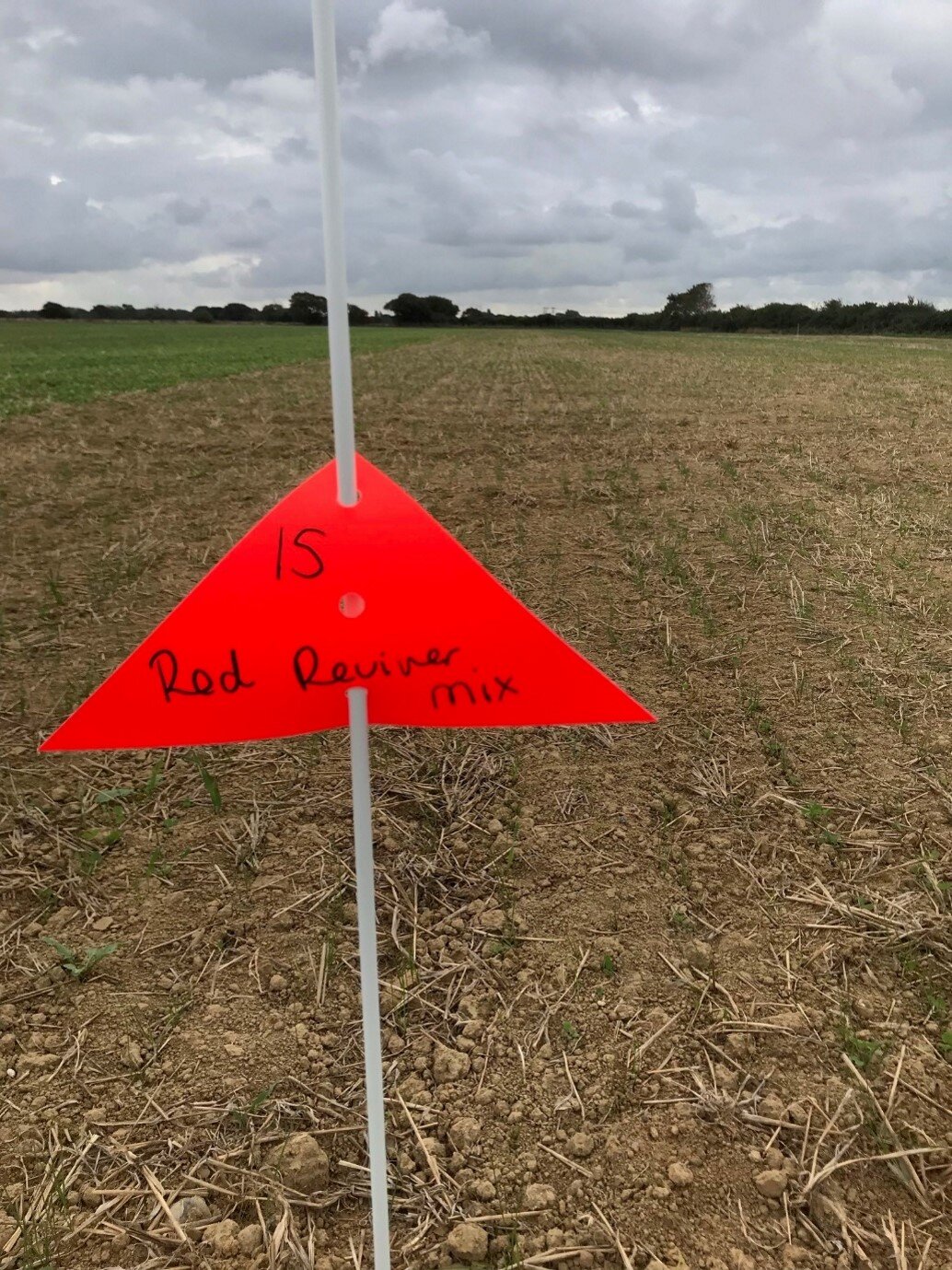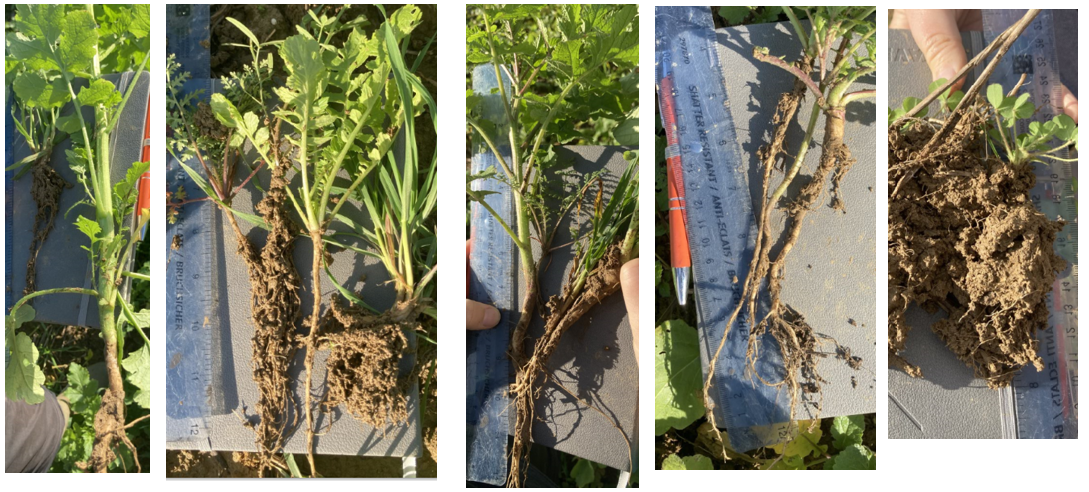Cover crop trial update
Although sometimes undervalued, cover crops can provide benefits that can help with the following crops profitability. Bartholomews are well known for their cereal crop trials, and we’re now documenting our trials on cover crops and the benefits they can provide. From taking up nitrogen and balancing other nutrients in the soil, to easy compaction, and general soil health.
Below you can find the rooting images of the cover crops and a quick review of how they’re looking so far. At the end of this article you’ll also find each variety in chronological order. Images noted as ‘1’ were taken on 23rd September, and the ‘2’ images were from 22nd October. We’ve also included a full list of mixes and species and their content at the end of this article too.
L-R Plots 1-5
Forage Rye, Berseem Clover, Crimson Clover, Radish (type 1), Fodder Radish. Plot 6 was omitted.
Plot 1 – Forage Rye
Significant top growth over the period, with the plant looing a more vibrant green. The rye has thin roots which are not too deep rooting but holding the topsoil together.
Plot 2 – Berseem Clover
Plants are more visible in rows, more cover over the ground. Still not covering the soil completely.
Some root nodulation showing, further down the root structure. The roots are relatively long compare to the top growth and seem to be able to spread out.
Plot 3 – Crimson Clover
Not as much growth as the Berseem Clover. More volunteers showing. Nodulation showing on roots, nearer the surface. Similar to the Berseem clover the rooting depth is longer, and more fibrous roots.
Plot 4 – Radish type 1
Significant top growth, with minimal bare soil showing. Good rooting beneath surface. A big tap root, with the ability to break through compaction, with long thin roots coming of the main root too.
Plot 5 – Fodder Radish
Massive amounts of top growth, even beyond that of the Type 1 radish – more biomass above ground. A longer thinner root below ground, with the ability to penetrate through the soil further.
Plot 6 – Spring Vetch
Little growth, with little ground coverage.
Common vetch is Vicia sativa and can be either winter or spring type, depending on whether or not it is deemed winter hardy
L-R Plots 7 -10
Winter Vetch, Buckwheat, N Fixer (Red Vetch & Berseem Clover), Sprinter (Black oats & Vetch)
Plot 7 – Winter Vetch
Similar to spring vetch, but slightly more ground coverage. A mass of fibrous roots, holding the soil and spreading out, as well as downwards.
Plot 8 – Buckwheat
A substantial amount of growth above ground, and minimal bare ground to be seen. Some rooting below, but predominantly into stem/leaf/flower production. The roots tend to be small and thin, not with much downward penetration.
Plot 9 – N Fixer
As seen previously, the two species have not produced huge amounts of above ground biomass. Slightly more ground coverage than as single species. Good fibrous roots, keeping the soil structure.
Plot 10 – Sprinter
Slightly disappointing with the lack of much growth/biomass so far produced with this mix. The oats have come up with more vigour than the vetch but has still not given much ground coverage. A good combination of longer fibrous roots and surface roots.
L – R Plots 11 -15
EcoCover, Green Reward, Soil Improver, Commando, Red Reviver.
Plot 11 – EcoCover
Significant growth from the mustard showing, with good ground coverage too. The rye has not come up as well but is still showing. Fibrous roots from the rye, and a bigger, longer root from the mustard, useful for the topsoil and deeper down too.
Plot 12 – Green Reward
Good growth above ground, with the different species offering differing levels of growth. Very little bare soil left. The roots are of varying types and depths to reflect the species within the mix. This optimises soil improvement, with the deep rooting abilities, and the fibrous roots to hold the topsoil together.
Plot 13 – Soil improver
Another mix which has flourished, with different growth heights. The mustard has done well providing a good canopy. Not quite as much ground coverage as the previous mix. A good combination of deep roots and some thinner fibrous roots, not quite as effective as the previous mix.
Plot 14 – Commando
Despite the good ground cover in photo 1, this has only improved in photo 2. The plants are taller and broader, providing increased cover. A mix designed for Biofumigation; the roots are not the best for holding the topsoil together but have some deep rooting ability.
Plot 15 – Red Reviver
The IRG has really come along in the month even though it is not providing as much cover as other mixes. Designed as an undersowing crop, it will get growing later on in the season, and wouldn’t be out-competing the main crop. The clover has really held the topsoil together.
